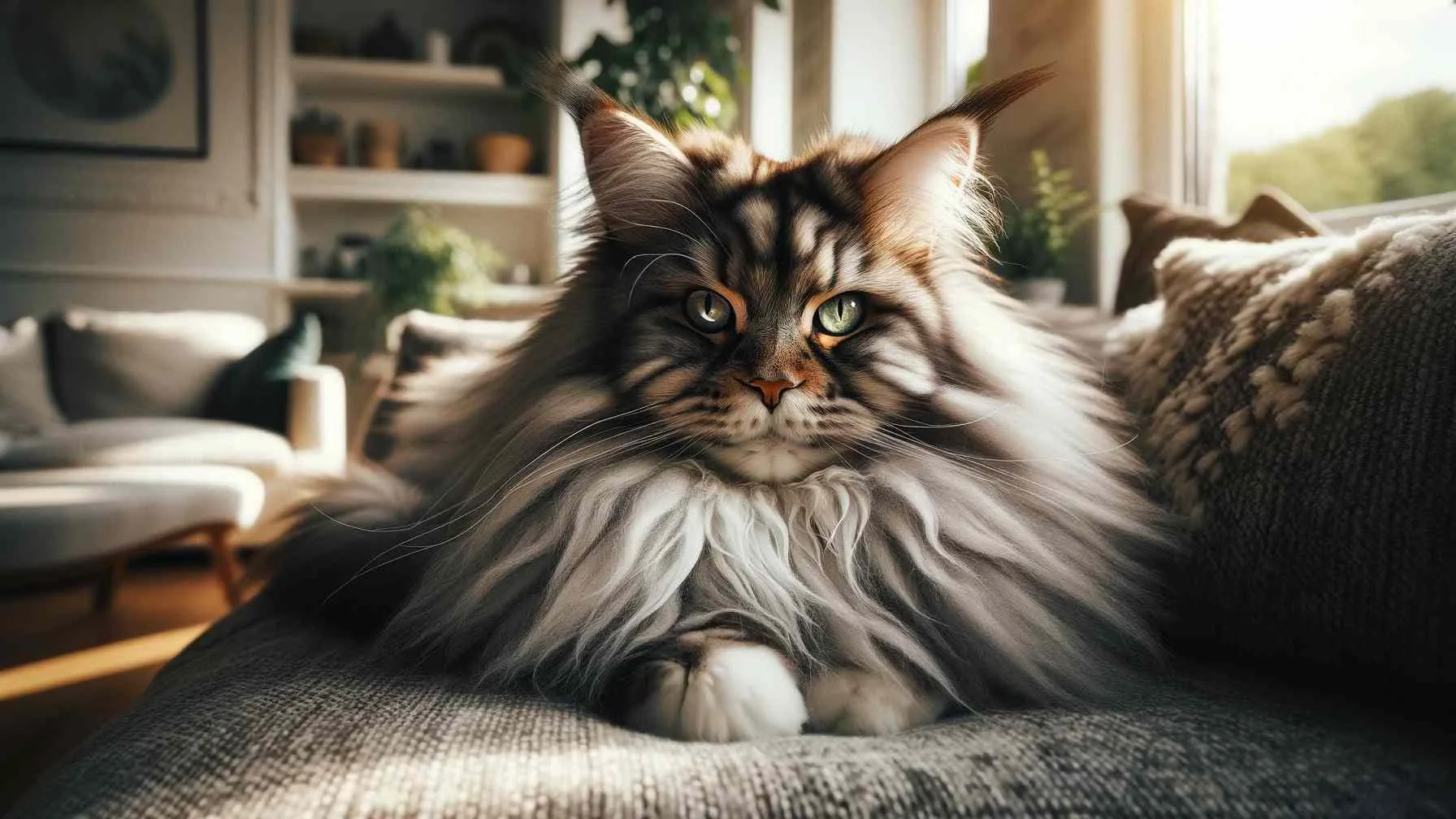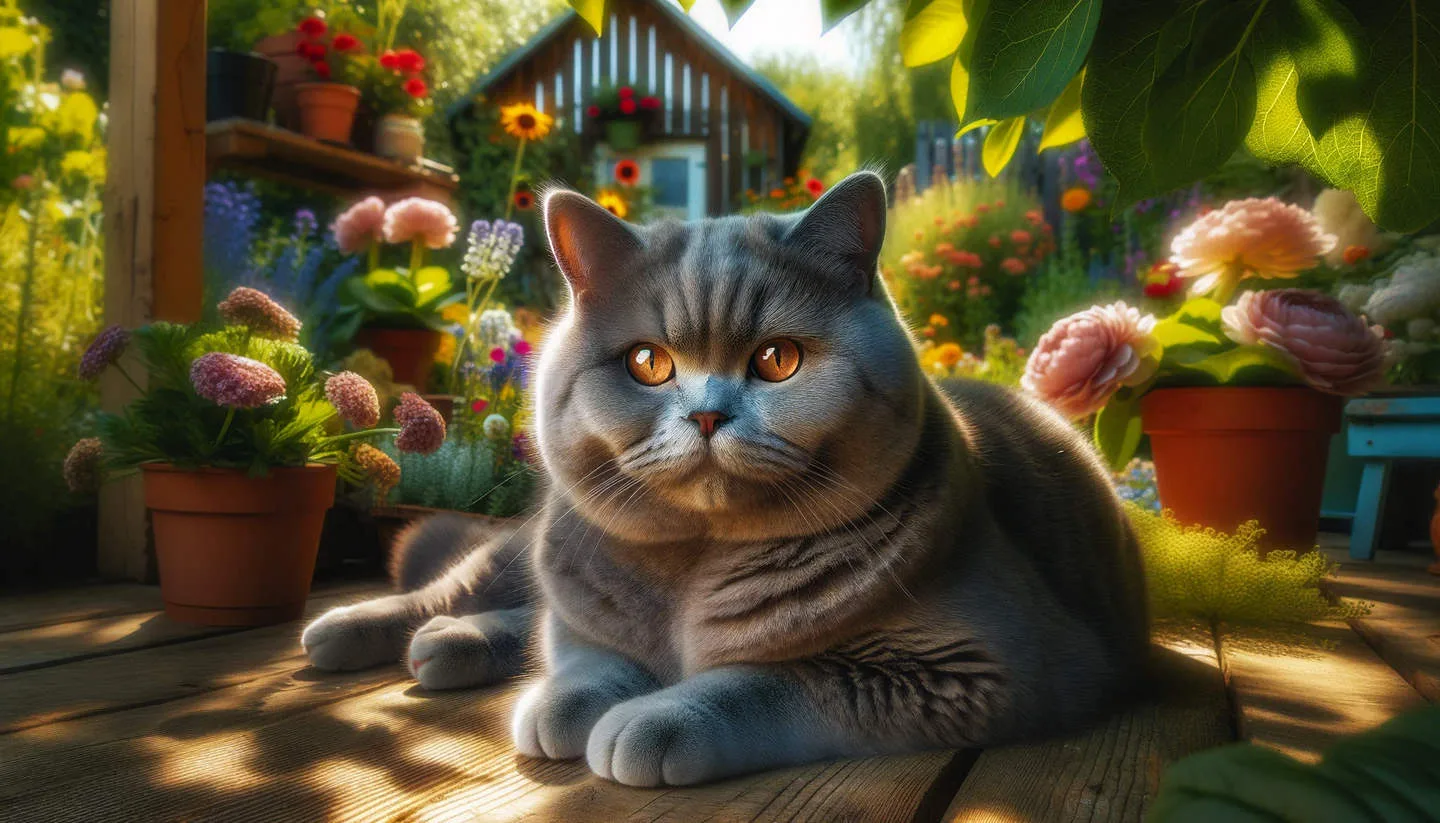Exceedingly, the propensity for claw injuries in Maine Coons is a noteworthy concern for many cat owners. As a proud Maine Coon owner and experienced feline enthusiast, I want to address this issue and provide you with important information on how to safeguard your Maine Coon from potential claw injuries. In this guide, I will discuss the common causes of claw injuries in Maine Coons, the dangers associated with untreated injuries, and practical tips for preventing and managing claw injuries. Let’s ensure the well-being of our beloved Maine Coons and keep their claws in optimal condition.
Key Takeaways:
- Maine Coons are prone to claw injuries. Due to their large size and active nature, Maine Coons are more likely to experience claw injuries compared to other cat breeds.
- Regular trimming and inspection of claws is crucial for prevention. Owners should routinely trim their Maine Coon’s claws to reduce the risk of injuries. They should also regularly inspect their cat’s paws for any signs of infection or injury.
- Proper scratching posts and toys can help minimize claw injuries. Providing appropriate scratching posts and interactive toys can help Maine Coons satisfy their natural scratching instincts and reduce the likelihood of claw-related issues.
Understanding Maine Coon Claw Injuries
If you are a Maine Coon owner, you may have experienced or heard of claw injuries in your beloved feline. As a Maine Coon enthusiast, I have had my fair share of encounters with claw injuries in these majestic cats. Understanding the causes, types, and contributing factors of claw injuries in Maine Coons is crucial in preventing and addressing this common problem.
Types of Claw Injuries in Maine Coons
When it comes to claw injuries in Maine Coons, it’s important to recognize the different types and their implications. Some common types of claw injuries in Maine Coons include fractures, overgrown claws, torn nails, embedded claws, and de-gloving injuries. Each of these injuries can cause varying levels of discomfort and pain for your feline friend. Perceiving the type of injury is crucial in providing the appropriate care and treatment.
| Type of Claw Injury | Implications |
|---|---|
| Fractures | Can result in pain and discomfort, may require professional treatment |
| Overgrown claws | Can lead to ingrown nails, causing pain and potential infection |
| Torn nails | May cause bleeding and require immediate attention |
| Embedded claws | Can lead to infections and irritation |
| De-gloving injuries | Can be severe and may require surgical intervention |
Factors Contributing to Claw Injuries
Knowing the factors that contribute to claw injuries in Maine Coons is essential for prevention. Improper grooming, obesity, lack of exercise, and environmental hazards are some of the main factors that can lead to claw injuries in Maine Coons. Knowing how to address and mitigate these factors can significantly reduce the risk of claw injuries for your furry companion.
Preventing and Handling Claw Injuries
Obviously, preventing and handling claw injuries is a crucial aspect of Maine Coon cat care. As a responsible pet owner, it is your duty to keep your feline friend safe and healthy. Here are some tips to help you prevent and handle claw injuries in your beloved Maine Coon.
Step-by-step Guide to Claw Injury Prevention
When it comes to preventing claw injuries in Maine Coons, I have outlined some simple yet effective steps that you can take. Let’s break it down into preventing accidents and maintaining healthy claw care.
| Preventing Accidents | Keep your cat’s environment free of hazards such as sharp objects, and secure any windows and balconies to prevent falls. |
| Maintaining Healthy Claw Care | Regularly trim your cat’s claws to prevent overgrowth and potential injuries. Provide appropriate scratching posts to help keep their claws in good condition. |
Tips on Handling Existing Claw Injuries
For existing claw injuries, it is important to handle the situation with care and attention. Here are some tips to help you address this issue in a timely and effective manner.
- Regular Monitoring: Keep a close eye on the injured claw for any signs of infection or worsening symptoms.
- Seek Professional Help: If you notice any concerning changes, it is vital to consult a veterinarian for proper diagnosis and treatment.
Perceiving the signs of a claw injury and taking immediate action can make a significant difference in your Maine Coon’s recovery and overall well-being.
Pros and Cons of Different Approaches
Lastly, when considering the best approach to managing claw injuries in Maine Coons, it’s important to weigh the pros and cons of different methods. Here, I’ll break down the benefits and drawbacks of various approaches to help you make an informed decision. For more detailed information on this topic, be sure to check out my Maine Coon Claw Guide.
| Prevention Methods | Treatment Approaches |
| Regular nail trimming reduces the risk of injuries | Quick and effective treatment for existing injuries |
| Use of scratching posts to prevent overgrown claws | Potential need for sedation during treatment |
| Proactive monitoring of your cat’s claws to catch issues early | Risk of infection if injuries are not properly treated |
Benefit and Drawbacks of Prevention Methods
When it comes to preventing claw injuries in Maine Coons, there are several methods to consider. Regular nail trimming can significantly reduce the risk of injuries, but it may not be well-tolerated by all cats. Using scratching posts and proactive monitoring of your cat’s claws can also be effective, but they require consistent effort on your part.
Pros and Cons of Treatment Approaches
As for treating existing claw injuries, quick and effective treatment is certainly a benefit. However, sedation may be necessary for some cats, adding an extra layer of complexity to the process. It’s crucial to weigh these pros and cons carefully to determine the best approach for your Maine Coon.
| Prevention Methods | Treatment Approaches |
| Regular nail trimming reduces the risk of injuries | Quick and effective treatment for existing injuries |
| Use of scratching posts to prevent overgrown claws | Potential need for sedation during treatment |
| Proactive monitoring of your cat’s claws to catch issues early | Risk of infection if injuries are not properly treated |
I hope this provides you with a better understanding of the different approaches to managing claw injuries in Maine Coons.
Are Claw Injuries A Common Problem For Maine Coons?
Hence, it is important to regularly check your Maine Coon’s claws for any signs of injury or overgrowth. By keeping their claws trimmed and providing appropriate scratching posts, you can help prevent common claw injuries in these large and active cats. For more information on Maine Coon care, visit Maine Coon – Feline.
FAQ
Q: Are claw injuries a common problem for Maine Coons?
A: Yes, claw injuries can be a common problem for Maine Coons due to their size and activity level. Their large and powerful paws can sometimes lead to overgrown or ingrown claws, or even torn or damaged claws from rough play or outdoor exploration.
Q: How can I prevent claw injuries in my Maine Coon?
A: Regular claw trimming is essential in preventing claw injuries in Maine Coons. Providing scratching posts and other appropriate surfaces for your cat to sharpen their claws can also help keep them healthy and prevent overgrowth and potential injuries. Additionally, reducing rough play and monitoring outdoor activities can help reduce the risk of claw injuries.
Q: What should I do if my Maine Coon experiences a claw injury?
A: If you notice a claw injury in your Maine Coon, it’s important to carefully examine the affected paw and assess the severity of the injury. Minor injuries may be treated at home with gentle cleaning and a protective bandage, but more serious injuries should be evaluated by a veterinarian. Prompt medical attention is crucial to prevent infection and ensure proper healing.


